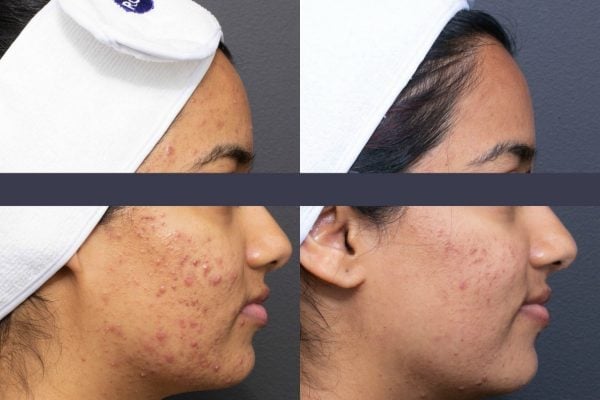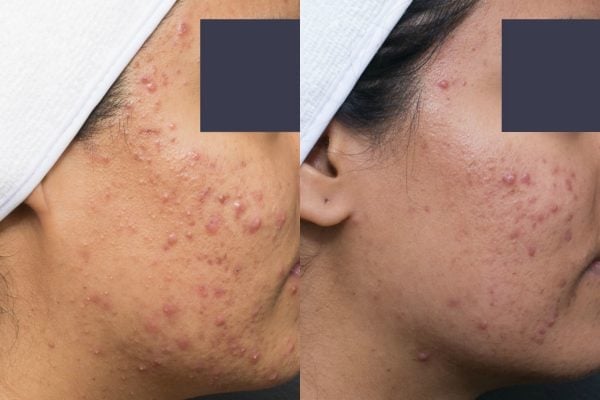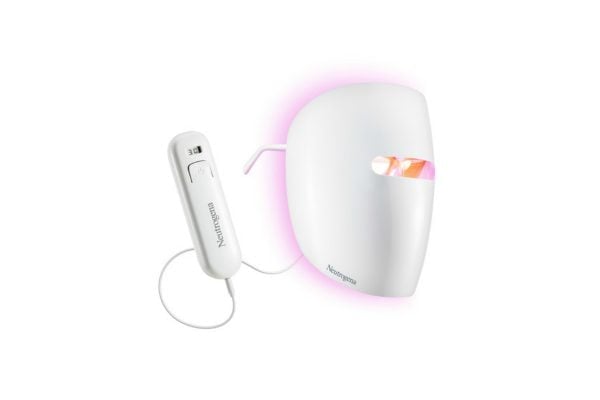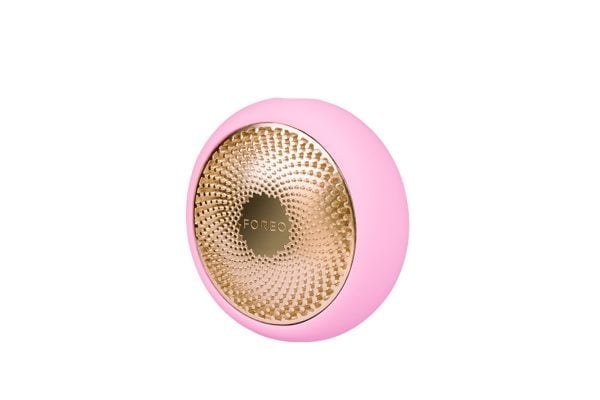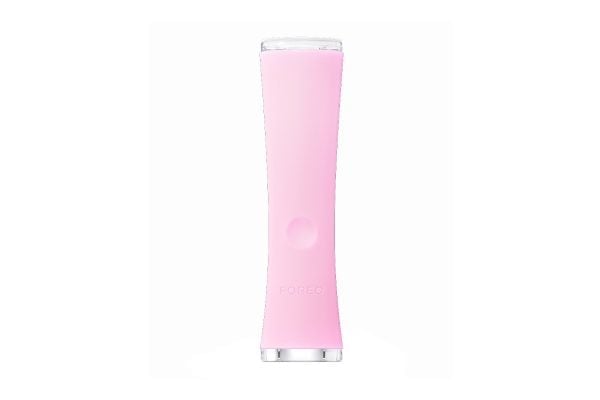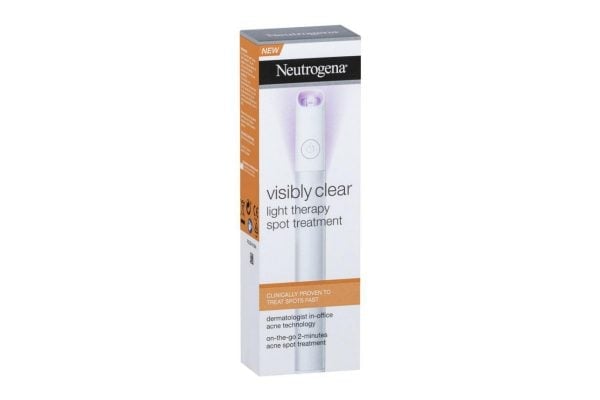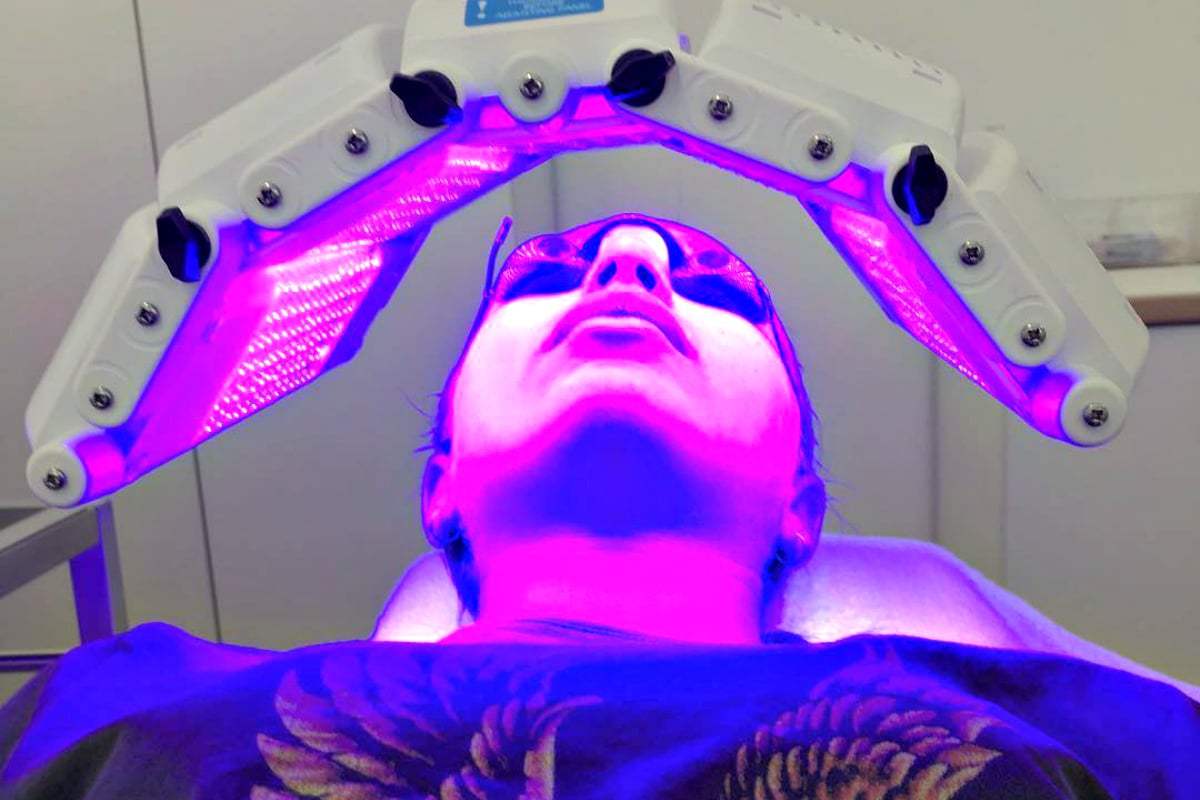
Anyone who’s ever experienced the struggles of acne, as a teen or in their adult years, would have considered all manner of treatments in the quest for clear skin.
One such treatment many people swear by is light therapy treatment.
Light therapy for skin is the treatment of the stars that boasts a potential solution to troublesome skin, keeping your constant desire to hide under layers of make-up at bay.
But how do you know if light therapy works and whether blue light therapy or red light therapy will work best for you?
We have lots of questions, so we consulted dermatologist Dr Garry Cussell, owner of Rejuvenation Clinics of Australia, to find out the ins-and-outs of acne light therapy treatments.
Light therapy for skin – summary:
- Blue light therapy treats acne by killing bacteria.
- Red light therapy reduces inflammation and redness, and speeds up the healing process.
- Expect to see light therapy results after around eight sessions.
- No down-time, you might experience redness or inflammation after the session.
- Light therapy sessions start at approx. $50.
- At-home light therapy products, like the Neutrogena Light Therapy Mask, are a popular alternative.
Beauty journalist of 15 years Leigh Campbell explained everything you need to know about at-home LED light therapy products on the You Beauty podcast, post continues after audio.
What is light therapy?
“It originated in the ’90s,” Dr Cussell said.
“The big breakthrough was the discovery that acne’s bacteria (Propionibacterium acnes or P. acnes for short) – the main bacteria involved with the inflammation and infection and therefore the soreness in acne – can be killed with the blue light, a non invasive light, and not ultraviolet, so it doesn’t cause any damage.
“It basically oxidises a chemical in the cell wall of the bacteria and kills the bacteria, so when that was discovered it started to be used, and there have been a lot of variations since then.”
